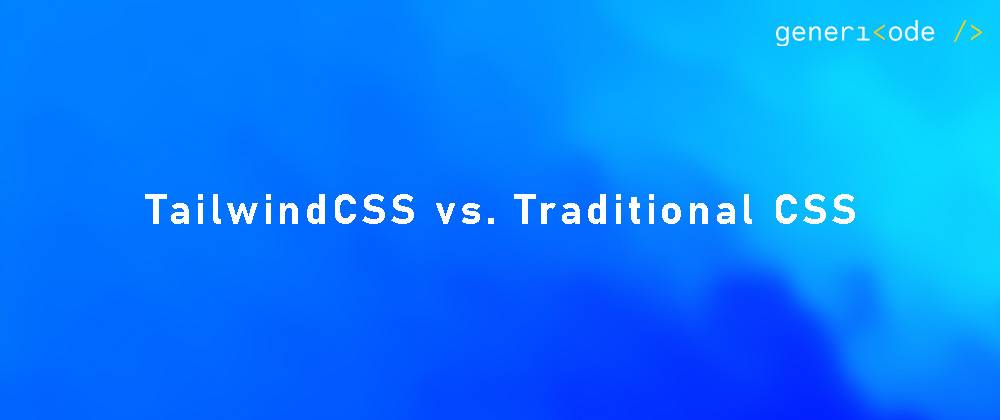Admin panels are the backbone of web applications, demanding clean, maintainable, and scalable styling solutions. As 2025 approaches, developers face a critical choice: TailwindCSS vs. Traditional CSS. Both methodologies have loyal followings, but which one truly shines for modern admin interfaces? This blog dives into their strengths, weaknesses, and future viability, helping you decide the best fit for your next project.
What is Traditional CSS?

Traditional CSS relies on writing custom stylesheets using selectors, classes, and IDs. Developers define styles in external .css files or <style> tags, often following methodologies like BEM (Block-Element-Modifier) to organize code. For example, styling a button involves creating a .btn-primary class with properties like background-color and padding.
While this approach offers granular control, it can lead to bloated codebases in complex projects like admin panels. According to MDN Web Docs, CSS remains foundational, but modern workflows demand efficiency—something utility-first frameworks like TailwindCSS aim to solve.
Also read: How to Choose a Mobile App Development Company
What Is TailwindCSS?

TailwindCSS is a utility-first CSS framework that provides low-level classes to style elements directly in HTML. Instead of writing custom CSS, you apply classes like bg-blue-500 (background color) or p-4 (padding). This approach eliminates context-switching between HTML and CSS files, streamlining development.
For admin panels—where consistency and rapid iteration matter—Tailwind’s JIT (Just-In-Time) compiler dynamically generates only the styles you use, reducing file sizes. Its configurability via tailwind.config.js also simplifies theming, a must-have for branded dashboards.
TailwindCSS vs. Traditional CSS: Key Considerations for Admin Panels in 2025

Admin panels require a delicate balance of speed, scalability, and maintainability. Let’s break down how both approaches compare.
1. Development Speed
TailwindCSS accelerates UI development by eliminating the need to name classes or switch files. For example, building a responsive grid requires adding classes like grid grid-cols-1 md:grid-cols-3. In contrast, Traditional CSS demands writing media queries and semantic class names, which slows down prototyping.
A 2023 study by Designveloper found that teams using TailwindCSS reduced styling time by 40% for dashboard projects.
2. Customization and Theming
Admin panels often need rebranding. TailwindCSS lets you define colors, spacing, and fonts in its config file, ensuring consistency across components. Need a custom primary color? Update theme.extend.colors once, and it propagates globally.
With Traditional CSS, you’d use CSS variables (e.g., --primary-color: #3b82f6;), which are powerful but require manual updates across multiple selectors.
Also read: Cloud Usage: 5 Powerful Strategies to Forecast, Monitor, and Optimize
3. Maintainability
TailwindCSS keeps styles localized to HTML, reducing the risk of unintended side effects. However, purists argue that inline classes clutter markup. Meanwhile, Traditional CSS promotes separation of concerns but can lead to specificity wars and !important overrides in large projects.
For long-term admin panels, Tailwind’s utility-first approach simplifies debugging, as styles are co-located with components.
4. Performance
Tailwind’s JIT compiler purges unused CSS, resulting in smaller bundle sizes—a win for performance-critical admin panels. Traditional CSS, unless paired with tools like PurgeCSS, often includes unused styles, increasing load times.
5. Learning Curve
Traditional CSS is a web standard every developer must learn. TailwindCSS, however, requires memorizing utility classes. Newcomers might struggle initially, but tools like Tailwind Cheat Sheet ease the transition.
Also read: Exploring Windows Server 2022 Standard: Key Features and Advantages
TailwindCSS vs. Traditional CSS: Use Cases for Admin Panels
- Choose TailwindCSS if:
- You prioritize rapid development and consistency.
- Your team uses component-based frameworks (React, Vue).
- Theming and scalability are top concerns.
- Choose Traditional CSS if:
- You need pixel-perfect, highly unique designs.
- Your project has strict CSP (Content Security Policy) restrictions.
- Legacy systems can’t integrate utility frameworks.
The Future of TailwindCSS vs. Traditional CSS in 2025
By 2025, admin panels will demand even faster load times and modular architectures. TailwindCSS is poised to thrive, thanks to its JIT compiler and alignment with component-driven development. However, Traditional CSS won’t disappear—CSS updates like Container Queries and nesting (now native in browsers) will keep it relevant.
The rise of design systems and AI-powered tools might further bridge the gap, blending Tailwind’s efficiency with CSS’s flexibility.
Finally: TailwindCSS vs. Traditional CSS – Which Should You Choose?
For most 2025 admin panels, TailwindCSS offers a compelling mix of speed, maintainability, and performance. Yet, Traditional CSS remains indispensable for edge cases requiring deep customization. Assess your team’s expertise, project scale, and design needs before deciding.
Whichever path you take, both methodologies will continue evolving, ensuring the web remains a vibrant, adaptable space.
Our Social Media platforms
Facebook – Instagram – LinkedIn
WhatsApp : +43 678 9070319447
